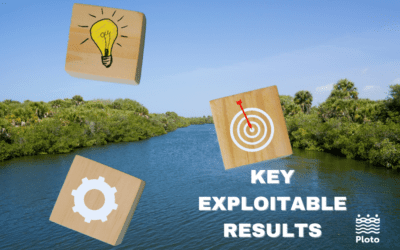The diverse risk assessment framework, developed in PLOTO to support Inland WaterWay (IWW) operations, will exhibit the ability to quantify weather-related hazards among others. As weather-related hazards can manifest either through long-term exposure to unfavourable conditions or as a result of short-term extreme events, the risk assessment system must heavily exploit modelling approaches which can capture the relevant physical processes behind different weather events. In this context, FMI’s role is to provide detailed information on wind-related hazards. This is achieved by exploiting supercomputing to carry out high-resolution modelling of atmospheric turbulence over selected pilot sites to provide scalable and accurate gust predictions and wind shear distributions on river surfaces. The wind is challenging to model accurately because it strongly interacts with the terrain surface while being directionally sensitive and requires capturing a wide range of temporal and spatial scales. For this reason, the models must utilize a nested modelling approach and feature a detailed description of the land surface and topographic features such as hills, buildings and vegetation because such details strongly influence the local wind conditions. The obtained 3D model results are analyzed and post-processed such that they can be conveniently utilized by the PLOTO system either in an operative manner (to provide now-casting and warnings) or to carry out long-term risk assessment analysis over different climate scenarios.
Written by Mikko Auvinen and Antti Hellsten, Finnish Meteorological Institute (FMI)



